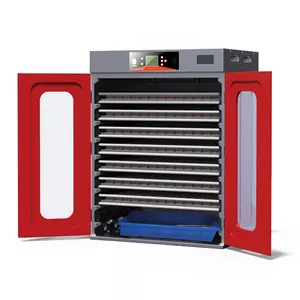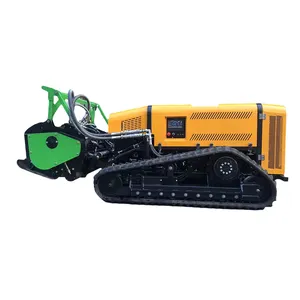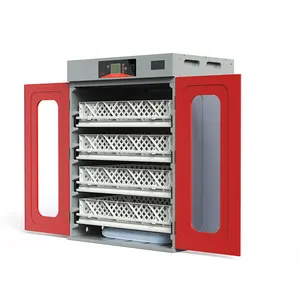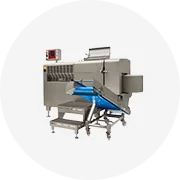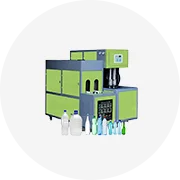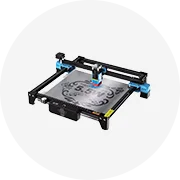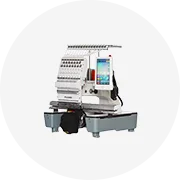





eSUN批发4X好韧性和高硬度PLA + 3D灯丝1.75毫米2.85毫米3毫米1千克3千克PLA Pro Plus 3D打印机灯丝
¥63.50 - ¥75.76
最小起订量: 50 rolls
每件装运: ¥25.98





Polymaker批发PolyTerra PLA长丝1.75毫米1千克,哑光3d打印机长丝PLA 1.75 filamento 3d
¥64.22 - ¥85.86
最小起订量: 50 rolls
每件装运: ¥25.98






eSUN批发4X好韧性和高硬度PLA + 3D灯丝1.75毫米2.85毫米3毫米1千克3千克PLA Pro Plus 3D打印机灯丝
¥63.50 - ¥75.76
最小起订量: 50 kilograms
























关于硅胶3d打印机灯丝
硅胶3d打印机灯丝是允许打印三维对象的计算机辅助设备。家里的工艺品。阿里巴巴提出。来自所有知名品牌的硅胶3d打印机灯丝,并为老客户提供特惠。
硅胶3d打印机灯丝就像传统打印机一样从处理器中获取数字数据。区别在于输出,其中传统打印机在纸上打印。 硅胶3d打印机灯丝提供可靠的3D材料。这些由3D打印而成。 硅胶3d打印机灯丝是通过根据对象的数字图像逐层沉积来完成的。这是通过一个细喷嘴拉出熔融塑料并通过计算机控制精确地移动来完成的。
3D打印可以更好地可视化输出,从而得到证明。 硅胶3d打印机灯丝在医疗,制造,国防等领域具有广泛的用途。硅胶3d打印机灯丝使设计原型更加容易,从而提供了更好的修改和创新范围产品。的演变。 硅胶3d打印机灯丝已经帮助了多个行业,例如汽车,医疗和国防设备制造,更多的行业降低了可观的成本。
与数百万客户合作,阿里巴巴了解需求标准质量和价格。访问该网站以发现所有品牌和价位的产品。这种隔离。 硅胶3d打印机灯丝的功能使用户可以选择所需规格的口袋友好型产品。对于任何认为质量和价格齐头并进的人,Alibaba.com是打破这一观念的名字。
3D打印可以更好地可视化输出,从而得到证明。 硅胶3d打印机灯丝在医疗,制造,国防等领域具有广泛的用途。硅胶3d打印机灯丝使设计原型更加容易,从而提供了更好的修改和创新范围产品。的演变。 硅胶3d打印机灯丝已经帮助了多个行业,例如汽车,医疗和国防设备制造,更多的行业降低了可观的成本。
与数百万客户合作,阿里巴巴了解需求标准质量和价格。访问该网站以发现所有品牌和价位的产品。这种隔离。 硅胶3d打印机灯丝的功能使用户可以选择所需规格的口袋友好型产品。对于任何认为质量和价格齐头并进的人,Alibaba.com是打破这一观念的名字。
